8 methods for removing & controlling freshwater aquarium algae
Algae problems are the constant companion of most aquarium fish keepers. Where there are fish in the water there will be algae; in fact, it is probably safer to say that where there is water there will be algae. A small amount of algae in your fish tank aquarium is not a problem and the fish will enjoy nibbling it as an extra source of food.
However, if they increase suddenly in your aquarium, not only spoil the good look of the tank but also cause a serious problem for your fish and plants. They are also an indicator that something has changed within the tank. If you can work out what has changed and deal with it, you are in a long way to control the problem.
There are several ways to reduce excessive algae growth including:
- 1. Reduce lighting time
- 2. Manual removal
- 3. Do a partial water change
- 4. Do not overfeed and overstock
- 5. Algae eaters
- 6. Competitive plants
- 7. Algae removers
- 8. UV sterilizer
1. Reduce lighting time
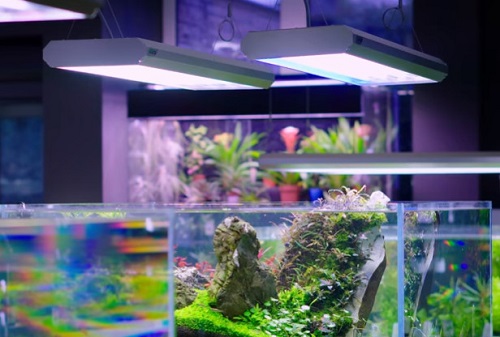
Algae thrive with a lot of light, so if your tank gets sunlight, you will have accelerated algae growth. Set up your tank far away from windows to avoid exposure to sunlight. If you can’t move your tank, you may want to put a backdrop on your aquarium or drape a black cloth behind it to block the sun.
The best method to prevent the growth of algae is changing the conditions in the tank. The most important thing to do is to reduce the lighting time. The light should be on for 8-10 hours a day. If you have plants in your aquarium, remember to choose a suitable planted aquarium LED light based on your plant types (low, medium, or high light demanding.)
If you tend to forget to turn off the lights, it is better to install a timer for your light so they turn on and off automatically to reflect a normal day. An inexpensive socket timer is very easy to use and compatible with most LED light fixtures from different brands.
2. Manual removal
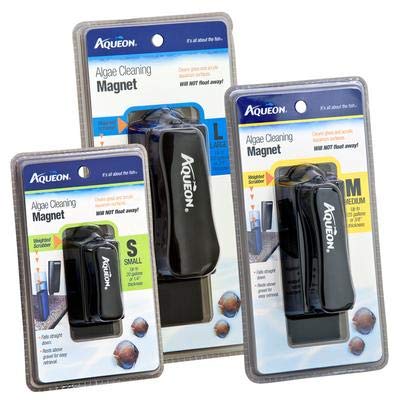 Aqueon algae cleaning magnet #ad
Aqueon algae cleaning magnet #ad
Algae grow easily in the aquarium, especially on the walls. You can remove them by periodically scraping the sides of the tank with an algae magnet cleaner or scrubber. The removed algae need to be removed from the tank not just dislodged as it will just settle again. Use a siphon water changer to easily remove them after scraping. The magnet cleaner or scrubber should be rinsed frequently as well.
Don’t forget to also clean the aquarium decorations on a monthly basis.
Good gardening practices are useful, trimming plants and removing any dead or dying leaves.
Manually removing the algae is time-consuming and needs to be done carefully. But try to reduce the cause and not the symptom. Continue to read.
3. Do a partial water change
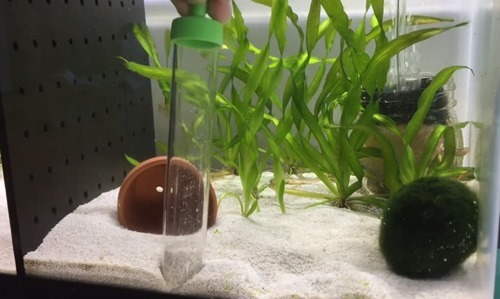
Do a partial water change (up to 25%) and clean the filter media at least weekly. Your regular maintenance water changes will help reduce nitrate levels. Don’t overdo water changes as this can be as bad.
Using a siphon (vacuum cleaner) helps to reduce the time of aquarium maintenance that makes water changes just a squeeze. This tool is also ideal for spot-clean after scrapping the algae. It is very efficient in cleaning leftover foods and fish waste in the substrate.
4. Do not overfeed and overstock
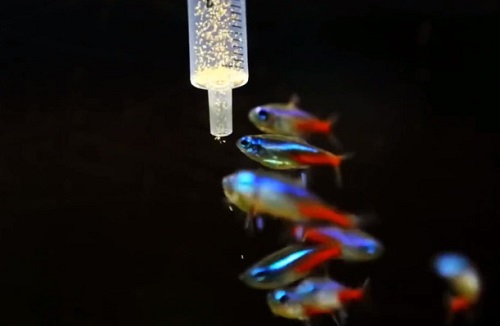
Overfeeding your fish may also contribute to algae growth. Extra food sinks to the bottom of the tank to rot, the decaying products provide nutrients the algae needs to grow. This also changes the water quality, which can make your fish ill. Do not provide any more food than the amount the fish can clear up within 2-3 minutes.
Don’t overstock your tank with too many fish, too. Each fish produces a certain amount of waste, which also produces nutrients for algae growth. If you want to add another fish to your tank, consider algae-eating species.
5. Algae eaters
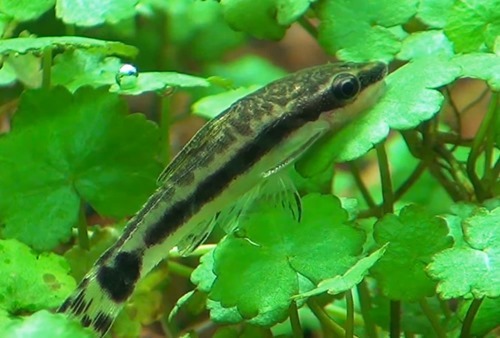
Octocinclus Catfish
In the effort at keeping algae away from your tanks, algae eaters can be great allies. Here is a shortlist of some of the most common eaters I know.
Snails (ramshorn, nerite, apple…): will rid the tank of algae but they reproduce rapidly (chances of snail outbreaks) and can eat your plants.
Butterfly Goodeid (Ameca splendens): eat green hair algae but can be aggressive to other tank inhabitants.
American Flagfish (Jordanella floridae): peaceful and easy fish. They will consume hair algae as well as any Siamese algae.
Otocinclus catfish (Otocinclus affinis): eats green and brown algae. They are so cute and peaceful, ideal for small tanks.
Common plecos (Glyptoperichthys multiradiatus and Hypostomus punctatus): eats green, brush, and brown algae. But they will grow really large. May cause havoc in planted tanks. Older specimens don’t eat much algae.
Bristlenose catfish (Ancistrus sp.): hardy fish, good algae eater, ideal for small tanks.
Siamese Algae Eater (Crossocheilus siamensis): eats green, brush, and brown algae. But they also eat fine leaved plants including mosses, hairgrass, and mayaca.
Amano shrimps (Caridina japonica): will eat almost any algae including brown, and hair algae.
Cherry shrimps (Neocaridina davidi): eat most types of soft algae. However, they are sensitive to water conditions and you might need lots of them to do the job.
For saltwater, small hermit crabs, snails, and some fish such as yellow tangs, blennies, and angels feed on algae and will help control them.
6. Competitive plants
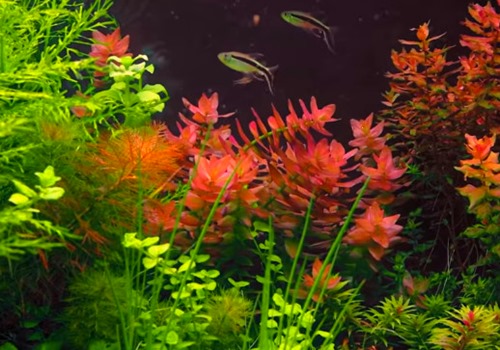
Both plants and algae use phosphates and nitrates as their main nutrients for growth. In a cycled aquarium, fish with the help of nitrifying bacteria are constantly pumping lots of nitrates into the system to feed these vegetable organisms.
Fortunately, there is a definite difference between ideal algae growing conditions and ideal plant growing conditions. What you are trying to do is get the water quality that encourages the plants to take up as much of the nutrients as possible, and thus effectively starving algae to death.
All plants need a balance of things to grow healthily and they are light, carbon dioxide gas, nitrates, phosphates, and potassium. Nitrates and phosphates are available as they are the products of the degrading process of fish waste, leftover foods, dead plant matters,… in the tank. So, you only need to supplement CO2 and potassium in sufficient quantities so that the plants can compete with the algae.
7. Algae removers
If all the previous methods can’t give significant help or your tank is encountering a serious algae disaster, try to use a natural algae remover.
Acurel Water Clarifier is an additive specifically developed for the removal of aquarium cloudiness. This additive clumps organic matter and other sources of contamination in the aquarium water so that they can be easily removed by the filter. It also clumps the fine particles released from the aquarium substrate and therefore is very useful for the removal of water cloudiness in the initial stage after the setup of the aquarium.
You do not have to worry even if the water becomes very cloudy immediately after Clear Dash is added to the tank water. It is caused by the reaction of the solution and the contaminants in the water; the water will become clear after this cloudiness is eliminated by the filter.
This is one of the fastest ways to clear the aquarium water. However, if you don’t want to add any chemical to your aquarium, try the final method below.
8. UV sterilizer
 AA Aquarium internal 9-watt UV sterilizer #ad
AA Aquarium internal 9-watt UV sterilizer #ad
An aquarium UV sterilizer utilizes ultraviolet light technology to manage and control any agents floating in the aquarium water, which goes through its internal UV chamber. There are no chemical elements introduced to aquariums during sterilization treatment. So it doesn’t affect other inhabitants of the aquarium such as fish, corals, and invertebrates. It will not kill helpful bacteria that adhere to the surface of filter media and gravel as well.
They are easy to set up and use as a usual internal aquarium filter. However, this small equipment is very effective in clearing cloudiness and green aquarium water and make it sparkle clear after a couple of days. Additionally, it also kills disease causative agents such as bacteria and viruses in the sterilization process, and thus promoting fish health.

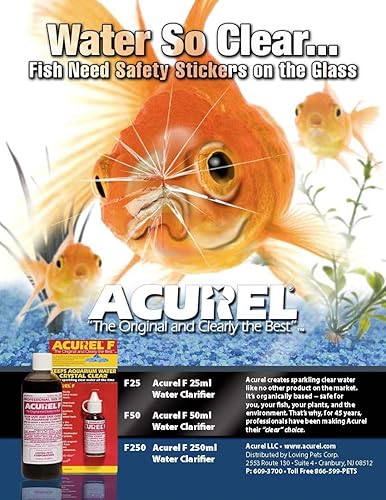 Acurel Water Clarifier #ad
Acurel Water Clarifier #ad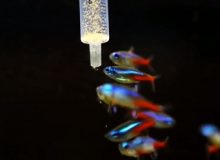
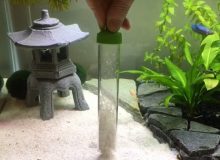
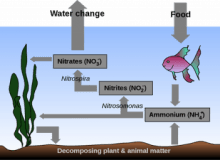
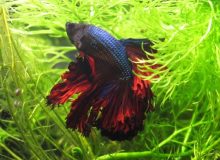
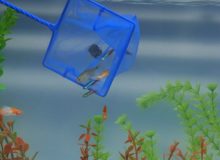
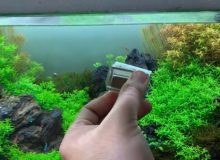
Leave a Reply